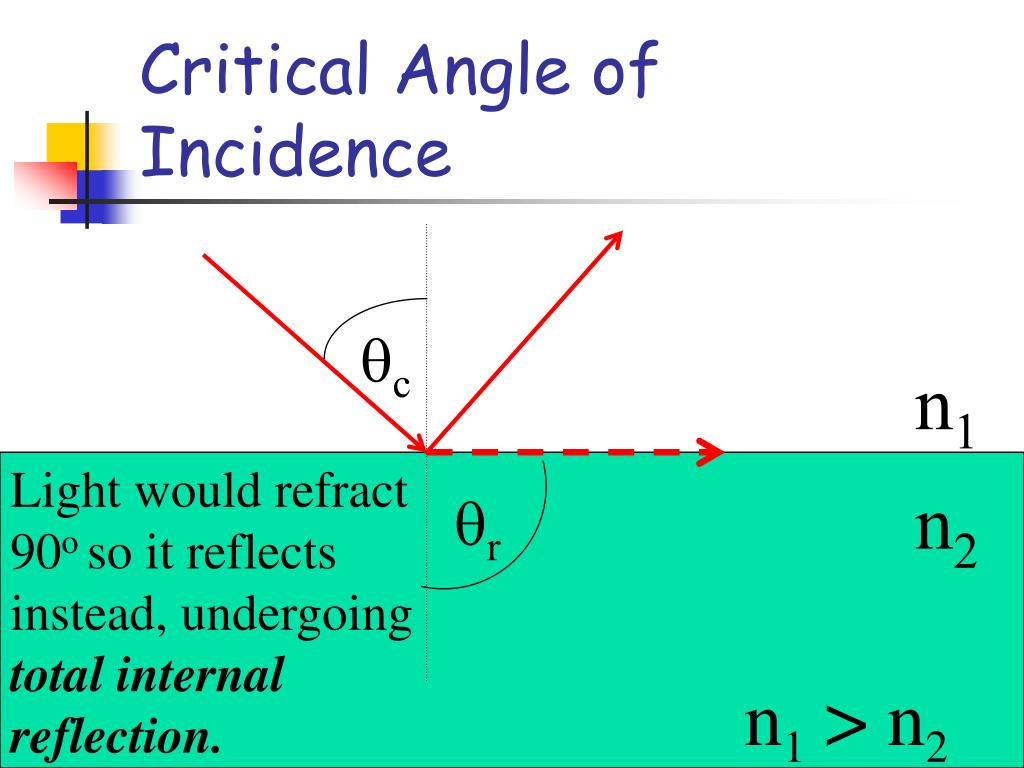

What happens to this photon, is very similar to what happens to a tennis ball when it hits the surface of the floor. Reflection is the result of what happens to a photon, or an incident light beam if you are not familiar with the concept of the photon, when it hits the surface of a reflective surface such as glass, water, or a sheet of aluminum for example. Let's start with reflection which is almost the simplest form of light-matter interaction. Figure 2: computing the reflection direction can be done using simple geometry. Reflection Figure 1: the angle of incidence and the angle of reflection are equal. In this chapter, we will learn about simulating reflection, refraction (transmission), and the Fresnel effect which defines for transparent materials such as glass and water how much light is reflected vs. Other materials are opaque and can not transmit any light though they can certainly reflect it very well. The important question we will need to answer in this chapter is how do we know how much light is transmitted versus how much light is reflected? To answer this question, we will need to learn about the Fresnel effect. Light can pass through them, a phenomenon we call transmission and they can reflect light at the same time. Glass or water are two very common materials that exhibit both properties.

Reflection and refraction are very common in the real world and can be observed every day. Reflection, Refraction (Transmission), and Fresnel Reflection, Refraction and Fresnel Reading time: 29 mins. Normals, Vertex Normals and Facing Ratio.What is Shading: Light-Matter interaction.Mark the angle of incidence and angle of reflection on it. Draw a labelled ray diagram to show the path of the reflected ray corresponding to an incident ray of light parallel to the principal axis of a convex mirror.To determine minimum deviation for given prism by plotting graph between angle of incidence and angle of deviation.Angle of Incidence - Definition, Formula, Diagram.Draw a ray diagram to show the path of the reflected ray corresponding to an incident ray of light parallel to the principal axis of a convex mirror and show the angle of incidence and angle of reflection on it.

If the angle of reflection is 47.5°, what will be the angle of incidence? Mark the angles of 'incidence' and 'reflection' clearly on the diagram.


 0 kommentar(er)
0 kommentar(er)
